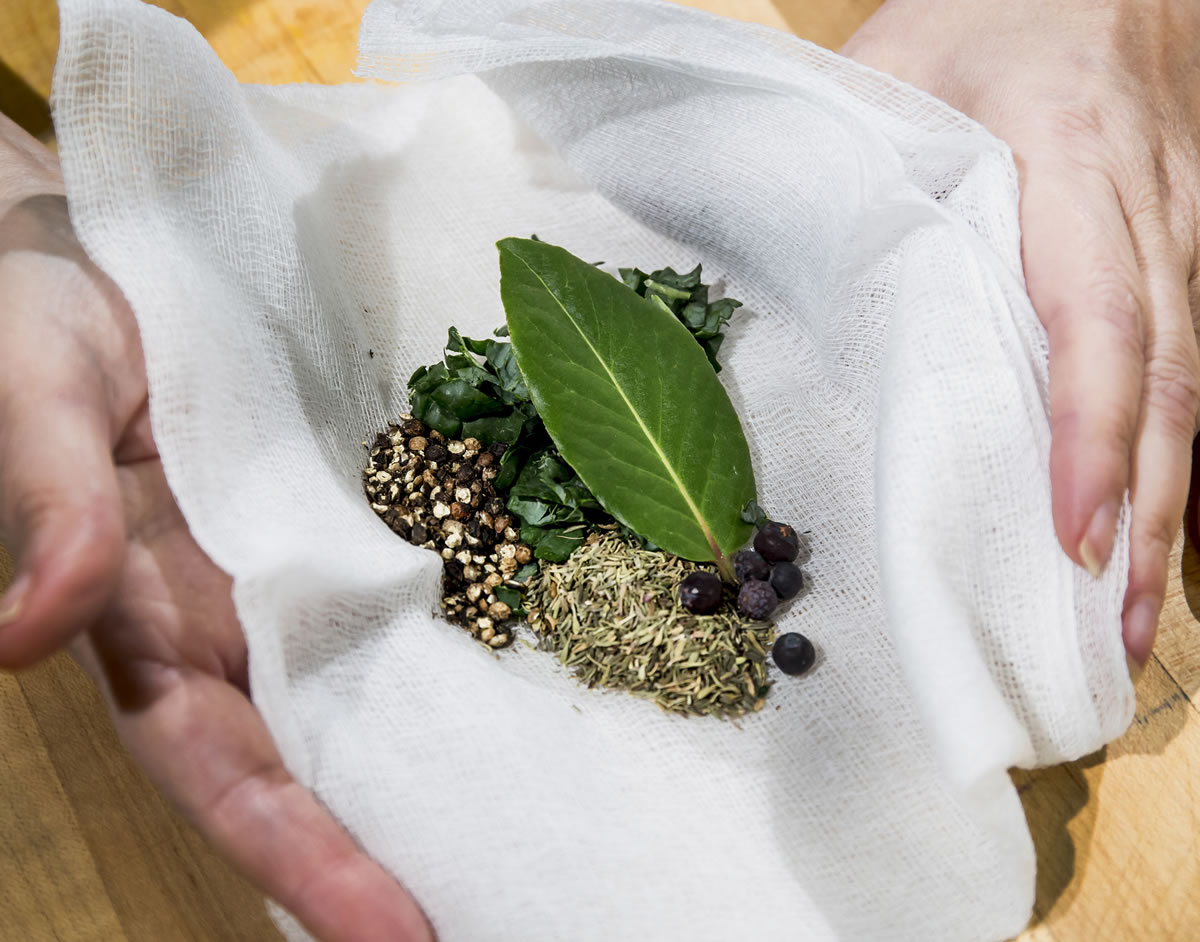Folks, when the final cattle call comes for that great big roundup in the sky, it’s conceivable that your passage through the gates of pearl will be entirely dependent on your ability to make a good vegetable stock. And, if that is indeed the case, you’re going to be glad you read today’s Prep School.
• WHY YOU NEED TO LEARN THIS
Well, it’s winter, and you know you’re going to be wanting some hot soup. And so are your vegetarian friends. Trust me, vegetable stock is about 13 gajillion times better than water for making soups and sauces.
• THE STEPS YOU TAKE
First, in the extremely unlikely event that you’re not a regular reader of Prep School, let’s start by identifying our terms. Stock is a flavorful liquid typically made by simmering animal bones, aromatic vegetables and herbs and spices in water. In classical French cuisine, it’s called “fond,” like “foundation.” Because sauces made from stocks are a primary component of French cuisine, good stock is essential.
I mentioned that most stocks are made from bones. This is because, along with the flavor, animal ingredients impart umami, that deep, savory, meaty taste related to the chemical glutamate. Most vegetables don’t have much umami, which is why vegetarian dishes can sometimes seem somewhat less satisfying than meat dishes. Vegetable soups (or sauces), particularly those based on water, can very often lack a real depth of flavor.



